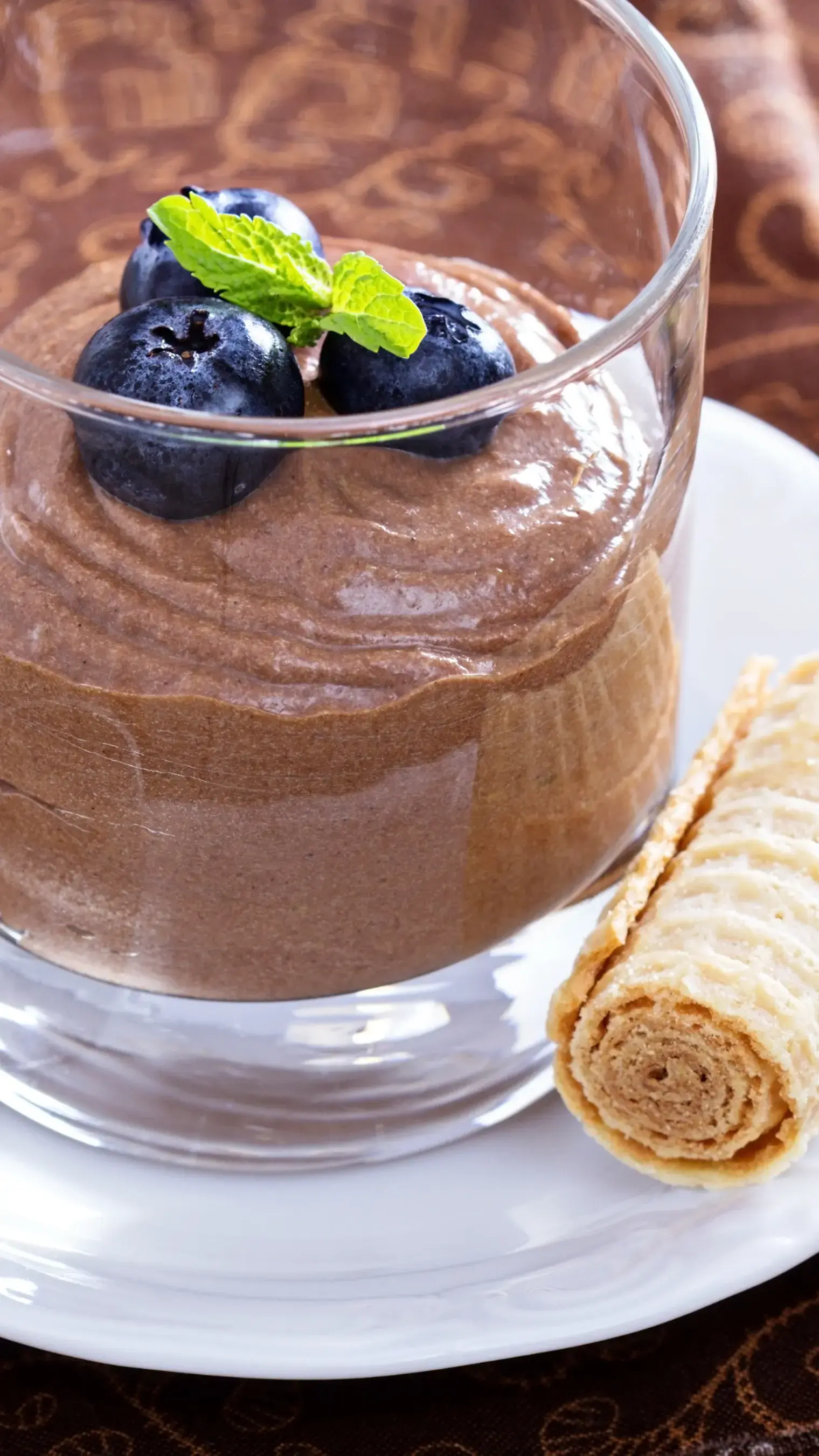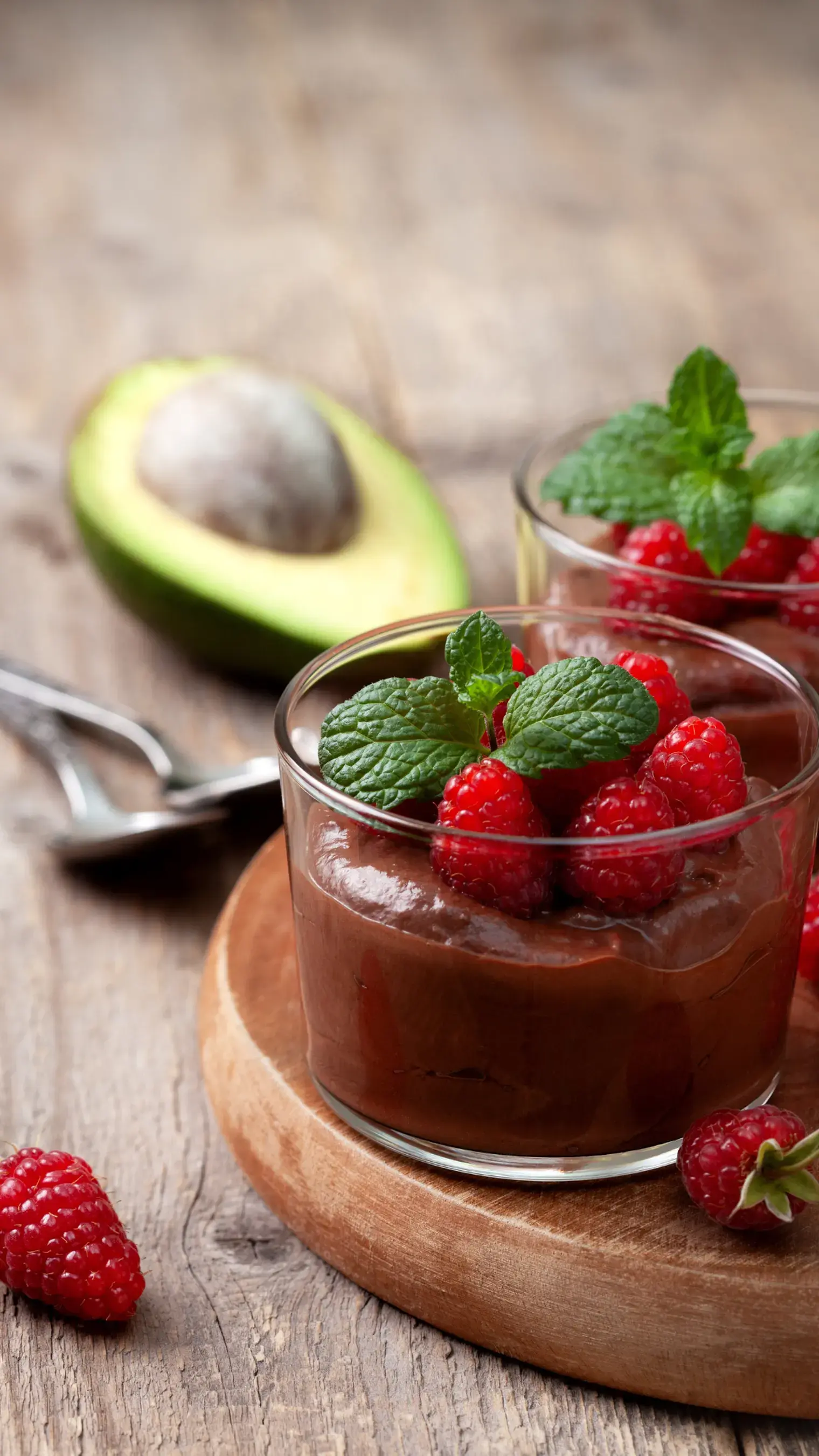Tips on how to get the pistachio filling of pistachio-infused rhubarb pie just right without messing up the vivid green and fragrant nuts

Pistachios aren’t the first nut that comes to mind when baking a pie, but they should be. Their flavor is quite distinct, not to mention their exuberant shade; these fragrant nuts are slightly sweet, earthy, and rich in taste. When used judiciously, say used in a filling, for pies such as the pistachio-infused rhubarb pie, pistachios lend an amazing flavor to the filling, making it taste something straight out of the Ottoman Empire kitchens. So, to enhance this flavor in pies like the pistachio-infused rhubarb pie, let’s walk you through how to get the best out of this vivid green nut.
Start with Whole, Shelled Pistachios
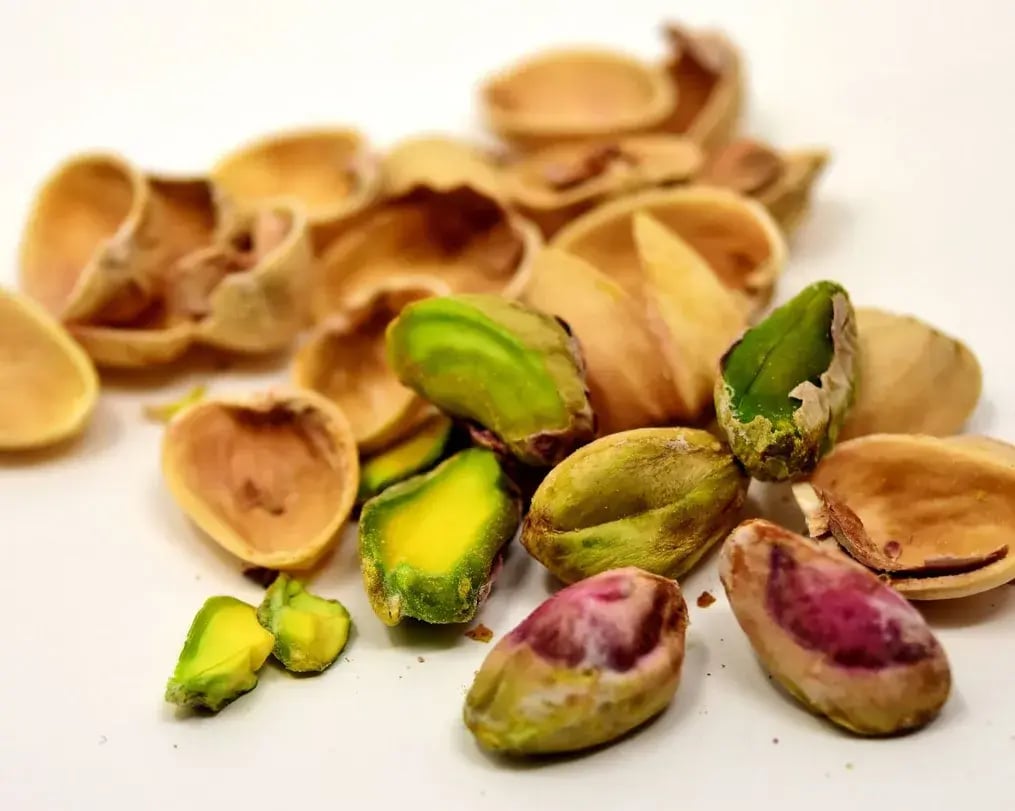
Begin with shelled pistachios that haven’t been salted or roasted in oil, check the packs before buying them. You want clean, raw nuts that you can control from the start. If the skins of the pistachios are still clinging to them after shelling them, don’t worry, they’ll blend just fine. Avoid pre-ground or pre-chopped pistachios; they lose freshness fast. Pick the packs with raw pistachios, preferably ones with the shell intact.
Toast Them Yourself

As mentioned, do not buy toasted pistachios, for they tend to be always salted and not too fresh; some might not be as crunchy as the freshly toasted ones. Place your pistachios on a baking sheet and toast them at 160°C for 8-10 minutes. Keep an eye on them, they go from golden to overdone quickly, which will cause them to burn and render them useless. The goal is to coax out their natural oils and deepen the flavor without burning them. You’re not trying to make them crunchy, you just want to awaken their dormant flavor. Once they’re done, let them cool completely, before grinding them down, as the recipe for pie fillings might ask. Grinding down the warm nuts will release more oils which will most definitely ruin the texture of the paste.
Grind with Sugar Before Adding Anything Else
This step matters more than it seems. Toss the cooled pistachios into a food processor along with the measured sugar. Grind in short intervals, until you get a fine, sandy texture, this will help the sugar help absorb moisture and prevent the nuts from clumping together or turning into paste too early. Don’t rush this part. The pistachios should stick slightly when pressed but still be dry to the touch.
Add Butter When the Nuts Are Ready, Not Before
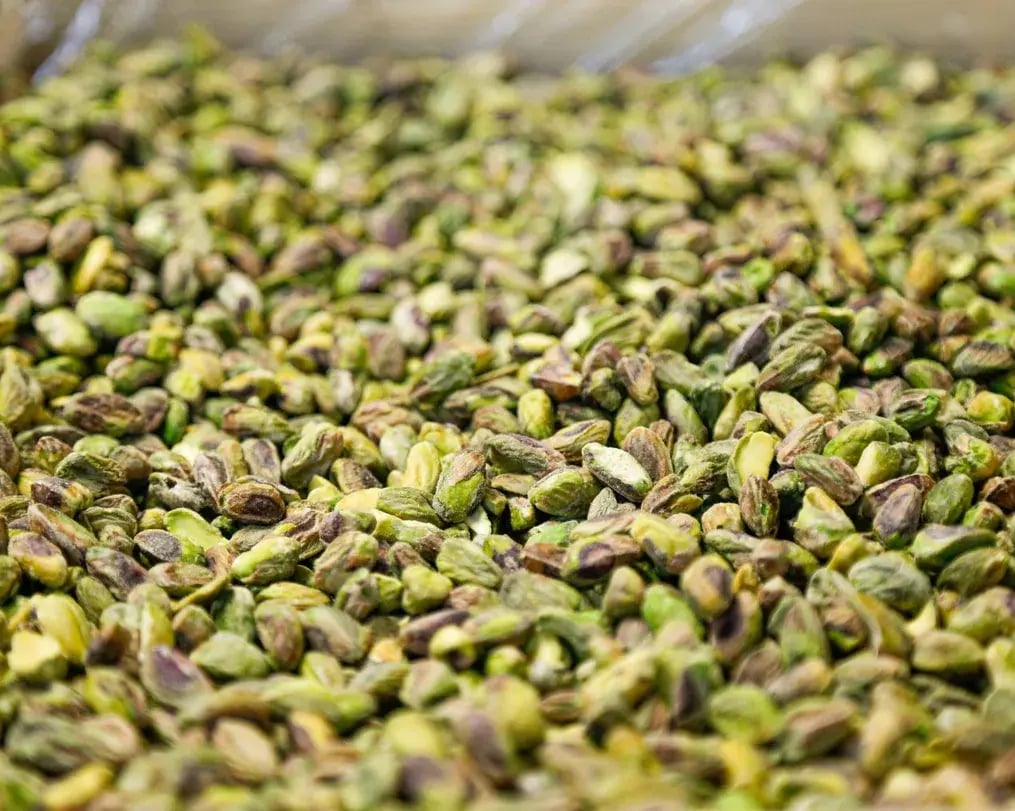
Once your pistachio-sugar mixture is properly ground, add the softened butter. Not melted, not cold, softened. If the butter is too warm, it’ll cause the mixture to separate. If it’s too cold, it won’t blend smoothly. Add it in chunks and pulse again, slowly, until it starts to come together into a soft, thick paste. After that, mix in the egg, a small spoon of flour, and vanilla extract. Keep pulsing just until everything is fully incorporated. You’re looking for a texture that spreads easily but still holds shape. It should feel smooth, but not uniform like frosting. You should be able to see tiny green specks throughout. A typical pie filling might follow this process and ask you to do the same.
Avoid Over Processing
This is where many people tend to go too far. If you run the processor too long, you’ll end up with a greasy paste. Pistachios are high in fat, and extended blending turns them into nut butter. For pie filling, you want a mixture that can bake without melting or separating. Stop blending as soon as the mixture looks cohesive and no streaks of butter or egg remain. Scrape down the sides of the bowl if needed, but don’t be tempted to smooth it out too much.
Use It as a Subtle Base
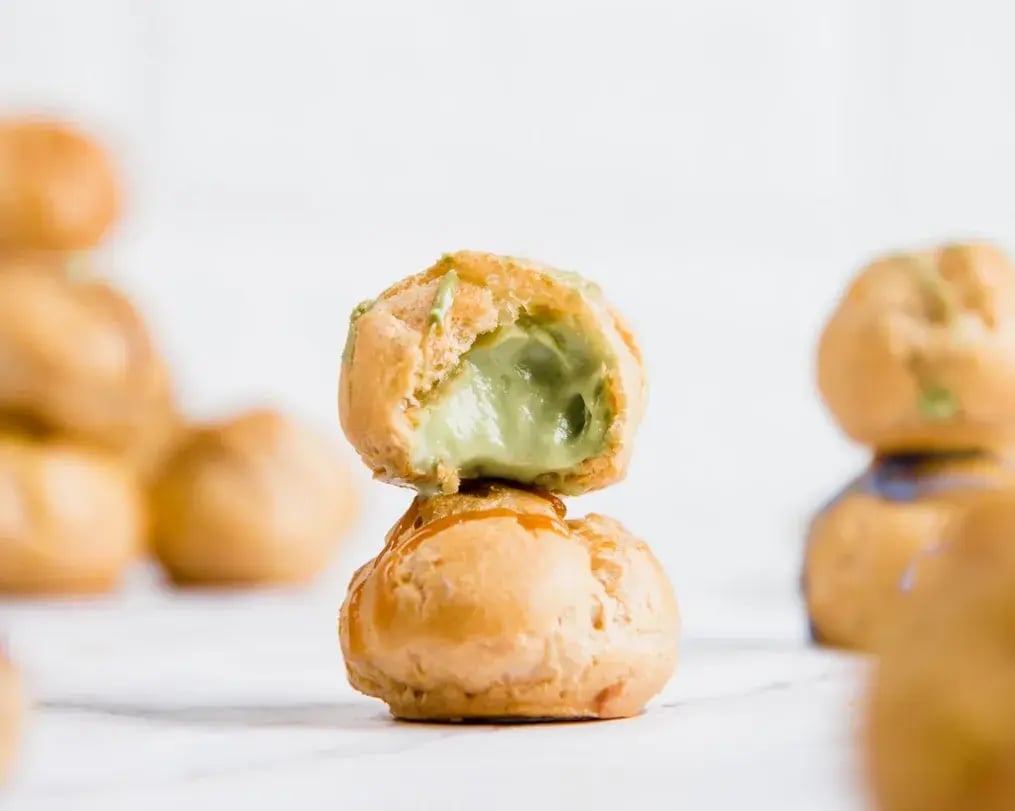
In pies like the rhubarb pistachio version, this filling isn’t meant to dominate. It will do well, spread thinly across the bottom crust, just enough to create a soft buffer between the dough and the fruit. As it bakes, it firms up and acts like a sponge, soaking in juices from the rhubarb without going soggy. The pistachio layer doesn’t demand attention, but it changes the way the pie feels in one’s mouth. It adds depth, a nice flavor, and an unexpected contrast against the rhubarb’s redness that brings everything else into focus.
Like This Article?
More Like This
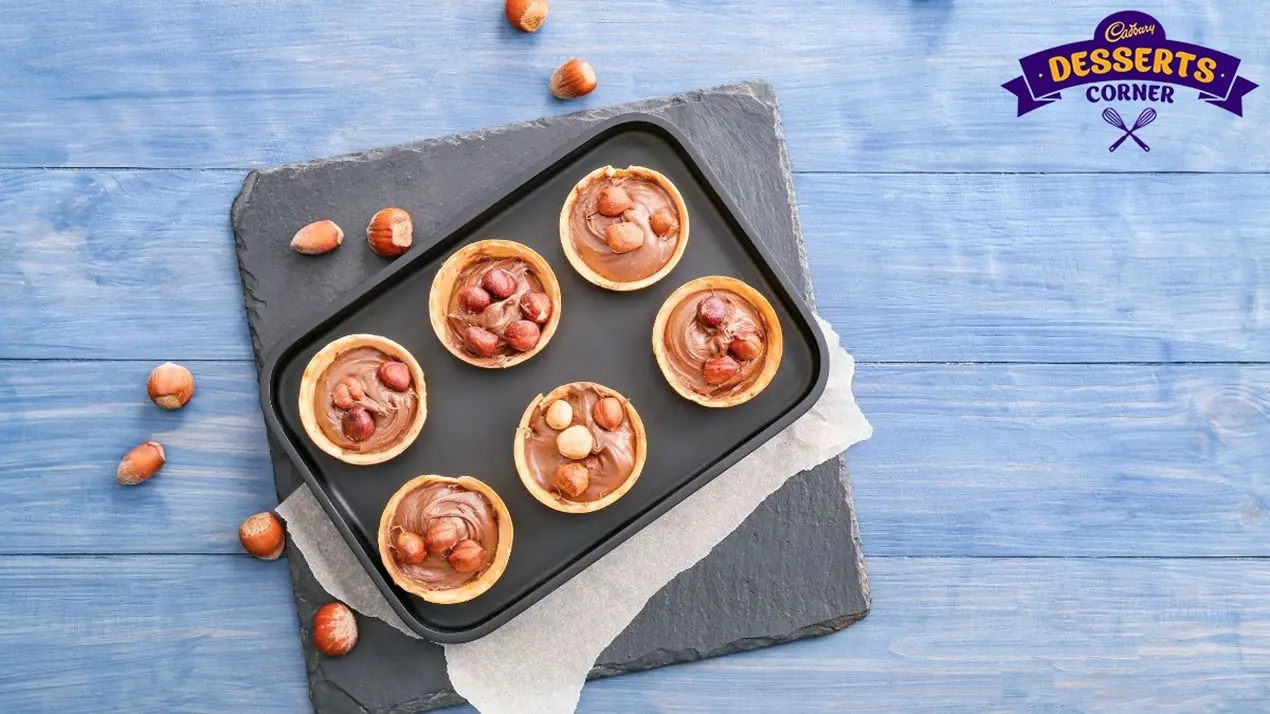
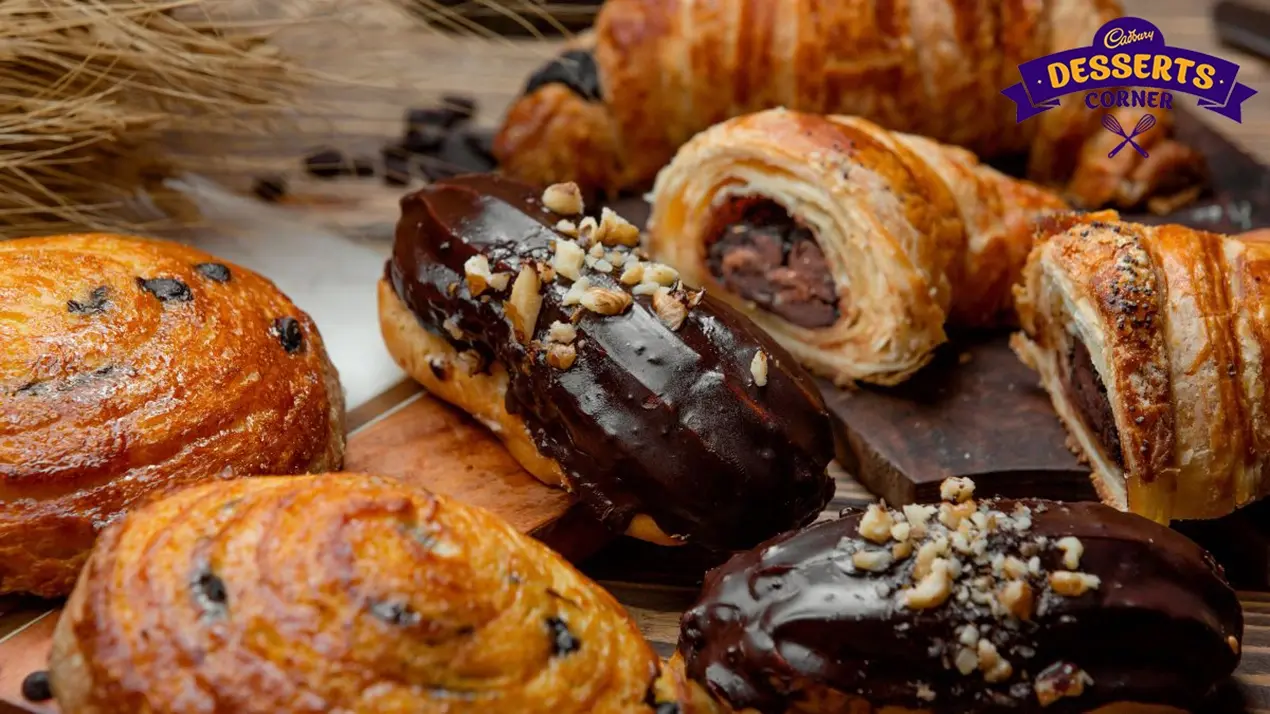


Popular Articles




Trending Web Stories
Curated Recipes


















